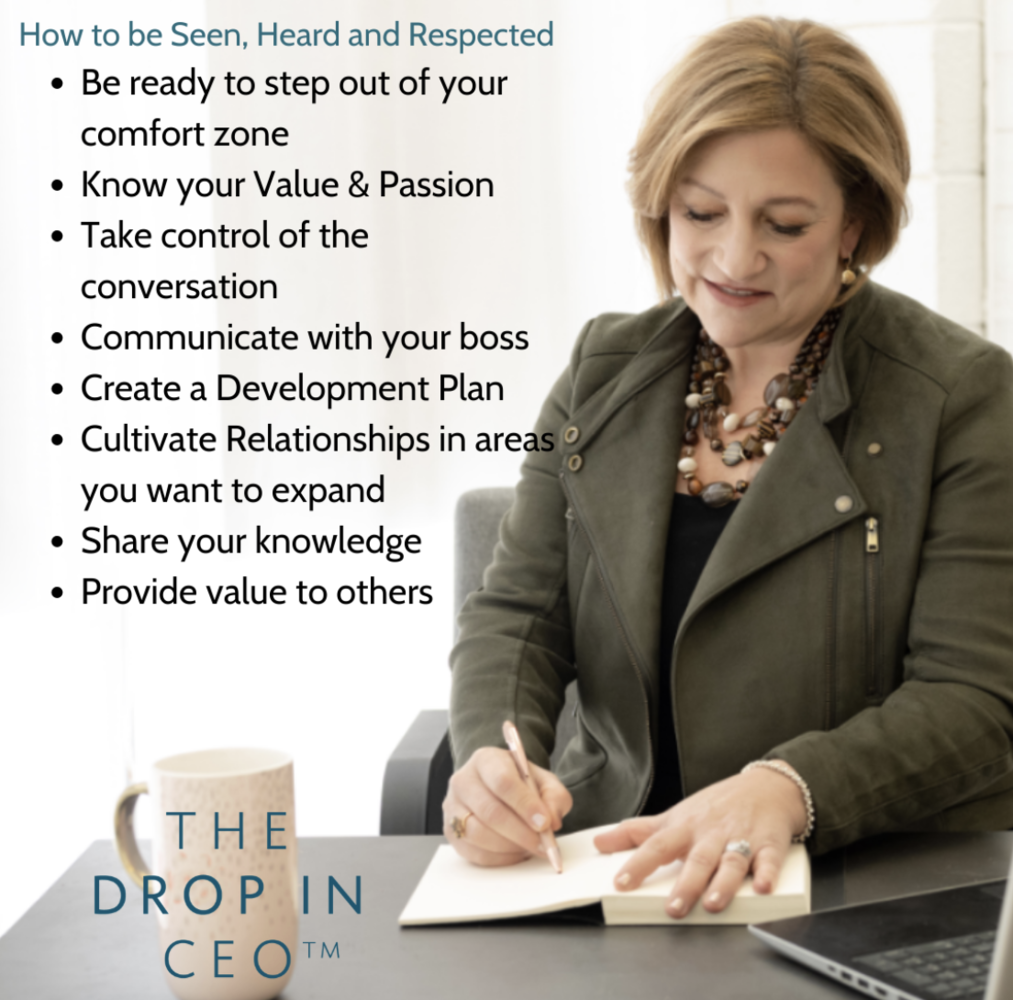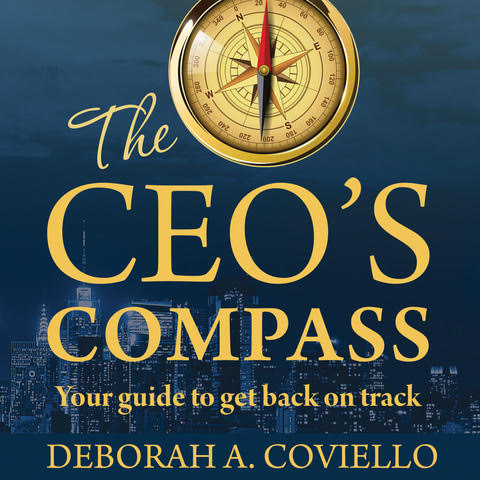According to Pricewaterhouse Cooper (PwC) 2021 Global Crisis Survey, 62% of businesses used their crisis plan in response to the pandemic and 95% of the businesses reported their crisis management plans needed to be improved. Is Crisis Management a compliance activity neatly tucked in the corner until you need it or an integrated conversation into our daily / weekly / monthly operational conversations? Based on that 95% statistic, I think it’s time to wake up leadership to the harsh reality that their job is not done until they apply the 7 Principles of The CEO’s Compass.
When I’ve dropped into Crisis events over the last 20 years, I have found a common theme amongst leaders. They have a false sense of calm because they can check the box on their compliance activities. They’re getting results (most of the time) and their team is loyal (or perhaps complacent). This calm before the storm is common and those that don’t respond quickly to a changing landscape (loss of a leader, changing customer requirements, changing customer perception), they find themselves moving down the Crisis Scale from being in Control, down to Chaos and finally Crisis. When I’m finally called into bring things back into Control and move them up the scale to Continuous Improvement and further into a Competitive Advantage, The CEO’s Compass provides you the direction of where you’re off track and how to make course corrections:
Framework of The CEO’s Compass to Navigate to Peace of Mind
- Purpose – test the landscape and ask if people understand the purpose of the company in the context of their job function. This is an indicator that cascaded communications are effective
- Performance – no longer the lagging indicator of results (quality, service, safety, sales), but leading indicators of closing the capacity, capability & confidence gaps of your team to meet the purpose of the company.
- Past – if you or your direct leadership team cannot articulate the deep culture that each individual brings to the table, go find out now. In doing so, you pay respect to the individual and their unique qualities that made them special and the right to be part of the organization
- Pride – building on understanding one’s past and their culture, you need to go the extra mile and understand their unique gifts and intellectual property they have. Whether you use them or not, by asking the question, you pay respect to the individual, they tend to be more loyal and you never know when you may need to leverage those gifts. Leaders that skip Past & Pride simply have a transactional workforce and they leave their minds & hearts at the door to your business.
- People – developing the mindset & skills of your people fall on you to remove any barriers to enable them to reach their full potential. Ensure you have a robust program that starts with strategic investment in your people through 1-2-1’s and capability development.
- Process – the dynamic between individuals and functional groups is as important as people development. Without coaching team dynamics and leveraging each other’s skills, you will fall victim to wasted time and lost revenue due to process inefficiencies.
- Platform – a leader who has an evolving team and moving towards high performance needs to provide them with tools to assure they can maintain high performance. Often tools that enable good decision logic, prioritization and accountability are critical when your people are taking on more work and need to increase their efficiency & effectiveness else they’ll burnout. 77% of people surveyed in a Deloitte survey say they’ve experienced burnout.
I can assure you that most leaders are off track on 2-3 of these guiding principles to prevent a crisis. There is nothing in here about a crisis, communication or risk mitigation plan as typically developed by your Crisis Management Officer. If you’ve not shored up the compass, you become the 95% statistic of the company not being prepared and needing to make improvements. For the team that is navigating towards Peace of Mind, the 8th compass point, the Crisis is the opportunity for which their fullest potential will be realized.
If this insight was helpful, share this article with others. If you have a unique challenge and wish to have a complementary conversation, please reach out to me. I love helping C-Suite leaders of today and tomorrow reach their career goals.

Your time is valuable, so I wanted to share a few quick links so I can be of service. Click the link if you’ve been thinking:






















